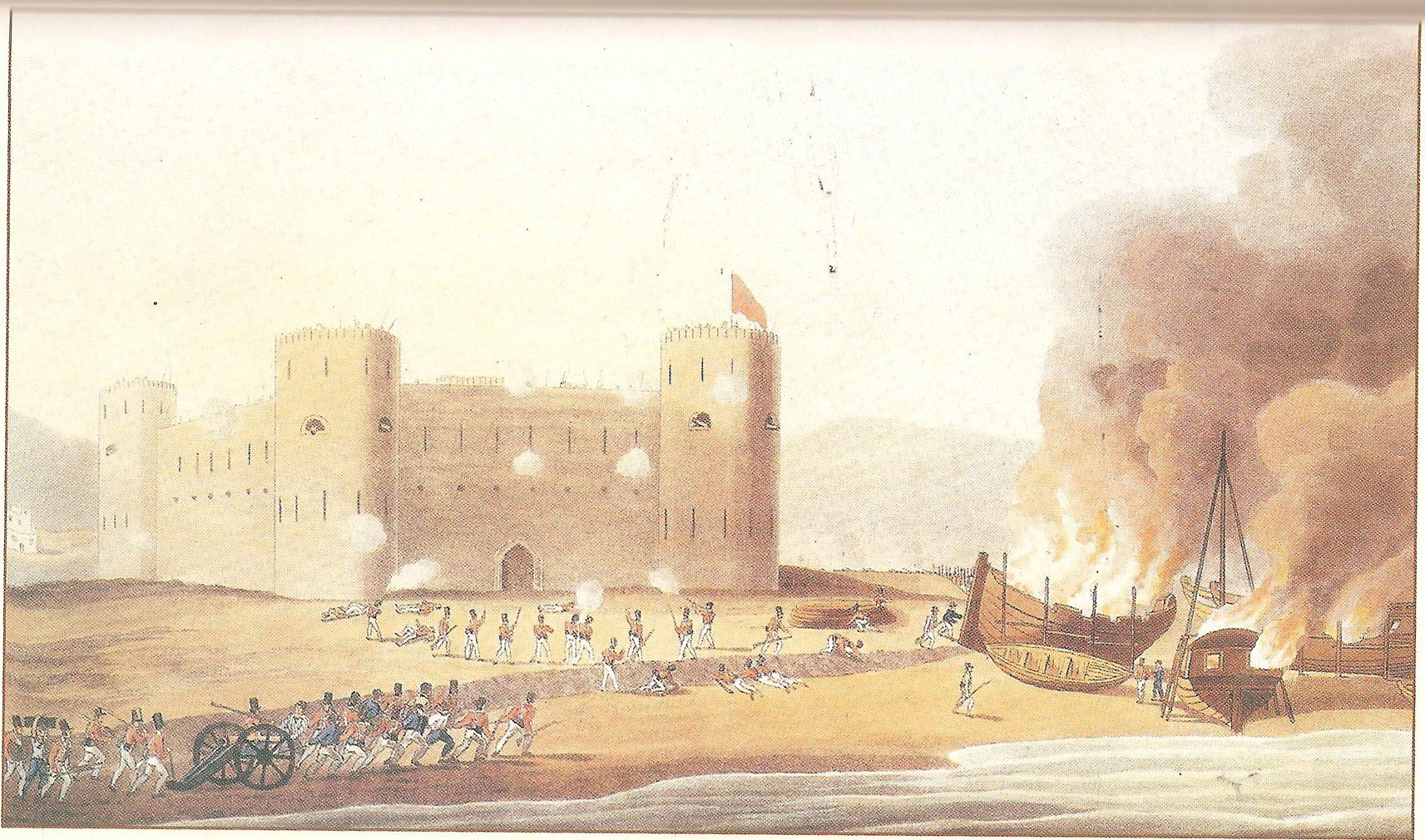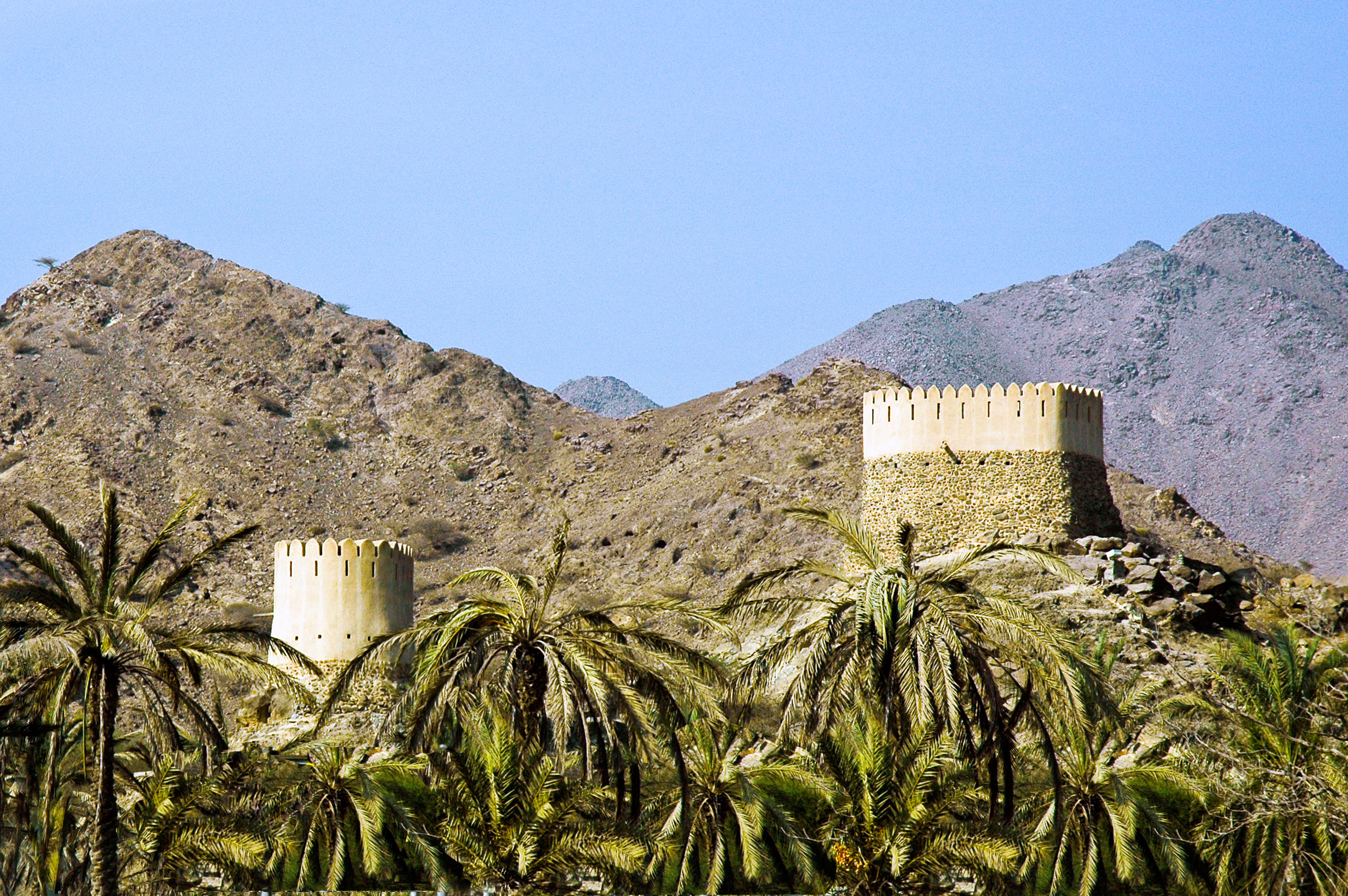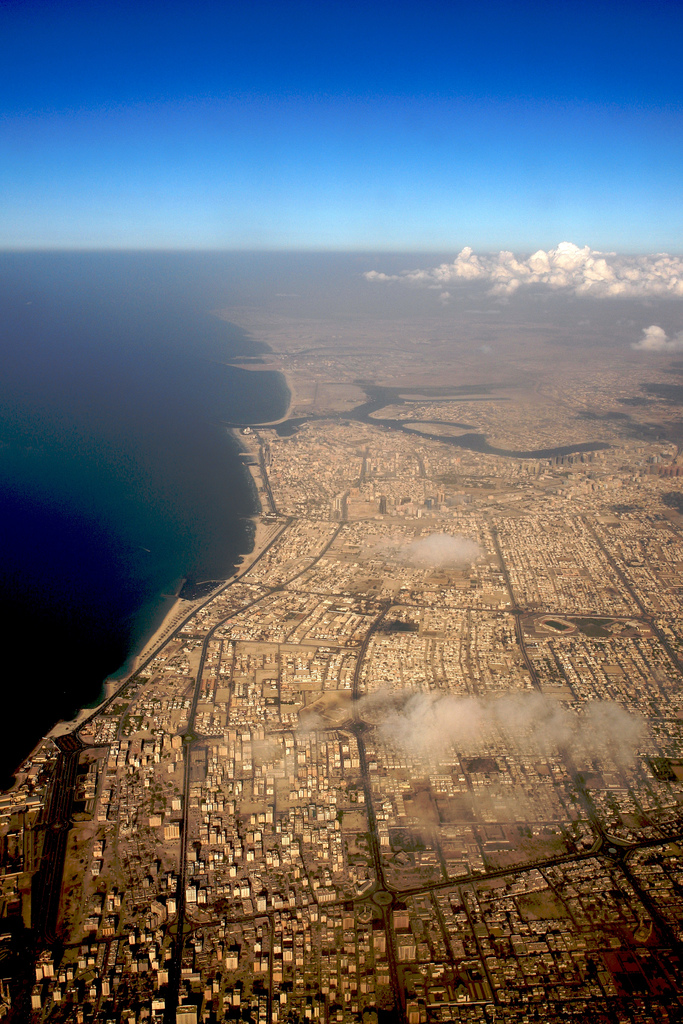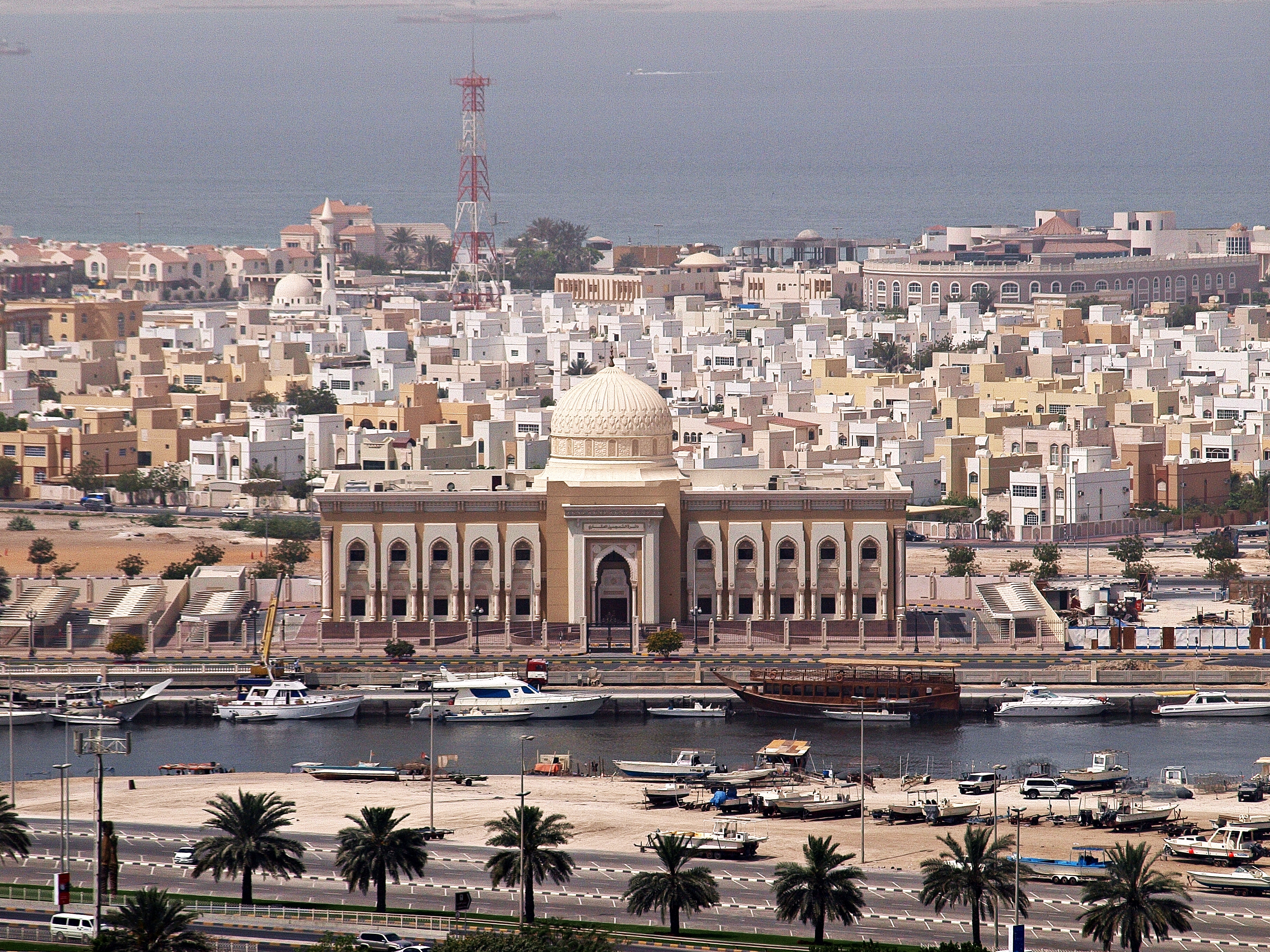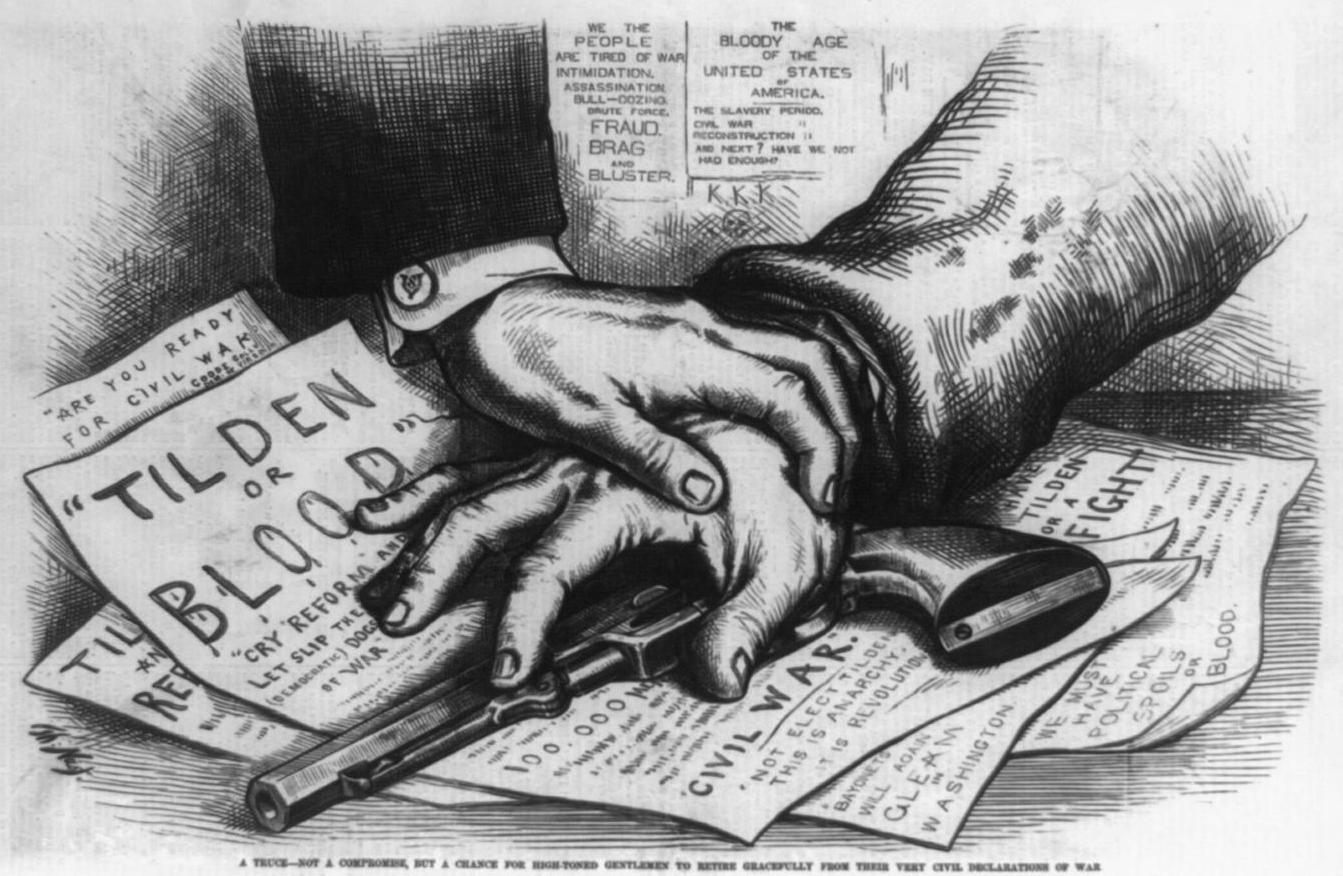|
Trucial States
The Trucial States ( '), also known as the Trucial Coast ( '), the Trucial Sheikhdoms ( '), Trucial Arabia or Trucial Oman, was the name the British government gave to a group of tribal confederations in southeastern Arabia whose leaders had signed protective treaties, or truces, with the United Kingdom between 1820 and 1892. The Trucial States remained an informal British protectorate until the treaties were revoked on 1 December 1971. The following day, six of the sheikhdoms—Dubai, Abu Dhabi, Sharjah, Ajman, Umm Al Quwain and Fujairah—formed the United Arab Emirates; the seventh, Ras Al Khaimah, joined on February 10, 1972. Overview The sheikhdoms included: * Abu Dhabi (1820–1971) * Ajman (1820–1971) * Dubai (1835–1971) * Fujairah (1952–1971) * Ras Al Khaimah (1820–1972) * Sharjah (1820–1971) * Umm Al Quwain (1820–1971) The sheikhdoms permanently allied themselves with the United Kingdom through a series of treaties, beginning with the General Maritime ... [...More Info...] [...Related Items...] OR: [Wikipedia] [Google] [Baidu] |
Arabic
Arabic (, ' ; , ' or ) is a Semitic languages, Semitic language spoken primarily across the Arab world.Semitic languages: an international handbook / edited by Stefan Weninger; in collaboration with Geoffrey Khan, Michael P. Streck, Janet C. E.Watson; Walter de Gruyter GmbH & Co. KG, Berlin/Boston, 2011. Having emerged in the 1st century, it is named after the Arabs, Arab people; the term "Arab" was initially used to describe those living in the Arabian Peninsula, as perceived by geographers from ancient Greece. Since the 7th century, Arabic has been characterized by diglossia, with an opposition between a standard Prestige (sociolinguistics), prestige language—i.e., Literary Arabic: Modern Standard Arabic (MSA) or Classical Arabic—and diverse vernacular varieties, which serve as First language, mother tongues. Colloquial dialects vary significantly from MSA, impeding mutual intelligibility. MSA is only acquired through formal education and is not spoken natively. It is ... [...More Info...] [...Related Items...] OR: [Wikipedia] [Google] [Baidu] |
Emirate Of Ras Al Khaimah
Ras Al Khaimah (RAK) ( ar, رأس الخيمة; ) is one of the seven emirates that make up the United Arab Emirates (UAE). The city of Ras Al Khaimah, abbreviated to RAK or RAK City, is the capital of the emirate and home to most of the emirate's residents. It is linked to the Islamic trading port of Julfar. Its name in English means "headland of the tent". The emirate borders Oman's exclave of Musandam, and occupies part of the same peninsula. It covers an area of and has of beach coastline. As of 2015, the emirate had a population of about 345,000. The city of Ras Al Khaimah has two main areas - the Old Town and Nakheel - on either side of a creek that is home to mangroves and is framed by the North-Western Hajar Mountains. The emirate also consists of several villages and new gated residential developments, such as Al Hamra Village and Mina Al Arab. The emirate is served by Ras Al Khaimah International Airport. Its geography consists of a northern part (where Ras Al K ... [...More Info...] [...Related Items...] OR: [Wikipedia] [Google] [Baidu] |
Emirate Of Fujairah
The Emirate of Fujairah ( ar, إِمَـارَة ٱلْفُجَيْرَة ' ) is one of the seven emirates that make up the United Arab Emirates. The only of the seven with a coastline solely on the Gulf of Oman and none on the Persian Gulf, its capital is Fujairah. History The Emirate of Fujairah, dominated by the ''Sharqiyin'' tribe, sits at the mouth of the important trade route, the ''Wadi Ham'' (which is guarded by the Sharqiyin Al Bithnah Fort), through the mountains to the interior and the Persian Gulf Coast. Known as the ''Shamaliyah'', the east coast of what is now the UAE was subject to Muscat until 1850, when it was annexed by ''Al Qasimi'' of Sharjah, in an agreement made between Sheikh Sultan bin Saqr Al Qasimi and the Sultan of Muscat. The Shamaliyah was governed by Al-Qasimi Wali at Kalba although frequently seceded and in 1901 Sheikh Hamad bin Abdullah Al Sharqi, chief of the Sharqiyin, declared independence from Sharjah. This was recognized by a number of t ... [...More Info...] [...Related Items...] OR: [Wikipedia] [Google] [Baidu] |
Emirate Of Umm Al Quwain
The Emirate of Umm Al Quwain (UAQ; ar, أم القيوين; ) is one of the seven constituent emirates of the United Arab Emirates, located in the north of the country. It is the second smallest and least populous emirate in the UAE and borders the Persian Gulf. Umm Al Quwain lies between Ras Al Khaimah and Ajman on the west coast, with a location along the vital trade route between the Middle East and India. It has a coastline stretching to 24 km. The Emirate of Umm Al Quwain was formed in 1775, when Sheikh Majid Al Mualla established it as an independent sheikhdom. The emirate is now ruled by Saud bin Rashid Al Mualla. The current crown prince is Rashid bin Saud bin Rashid Al Mua'lla, and the deputy ruler is Abdullah bin Rashid Al Mualla III. It had 72,000 inhabitants in 2007 and has an area of . The emirate consists in the main of the coastal city of Umm al-Quwain and the inland oasis town of Falaj Al Mualla, some from the coast. The Population of the Emirate is 49, ... [...More Info...] [...Related Items...] OR: [Wikipedia] [Google] [Baidu] |
Emirate Of Ajman
The Emirate of Ajman ( ar, إمارة عجمان; ) (Gulf Arabic: إمارة عيمان emāratʿymān) is one of the seven emirates of the United Arab Emirates. It joined the United Arab Emirates federation on December 2, 1971. It has an area of 259 square kilometers (100 sq mi), which makes it the smallest of the emirates in terms of area, while its population of approximately 504,846 in 2017 according to the Federal Competitiveness and Statistics Center makes it the fourth most populous emirate in the country. It is named after the city of Ajman, which is its seat of government. The main landmass of the emirate is bordered on the north, east, and south by the Emirate of Sharjah. Located on the coast of the Arabian Gulf, Ajman also controls two small inland exclaves: Manama and Masfout, both of which are primarily agricultural.https://www.sea-seek.com/ebook/Persian_-_Arabian_Gulf.pdf Approximately 95% of the population of the emirate resides in the city of Ajman, whic ... [...More Info...] [...Related Items...] OR: [Wikipedia] [Google] [Baidu] |
Emirate Of Sharjah
The Emirate of Sharjah (; ar, إِمَارَة ٱلشَّارِقَة ') is one of the emirates of the United Arab Emirates, which covers and has a population of over 1,400,000 (2015). It comprises the capital city of Sharjah, after which it is named, and other minor towns and exclaves such as Kalba', Al Dhaid, Dibba Al-Hisn and Khor Fakkan. The emirate is an absolute monarchy. It has been ruled by Sultan bin Muhammad Al-Qasimi since 1972, except for a six-day period during an attempted coup d'etat by his brother, Sheikh Abdulaziz bin Mohammed Al-Qasimi. History Human settlement in the area covered by the emirate has existed for over 120,000 years, with significant finds made of early axes and stone tools as well as Copper and Iron Age implements in Al Dhaid, Al Thuqeibah, Mileiha, Tell Abraq, Muwailah, Al Madam and Jebel Faya. Archaeological finds in the Mleiha area point to human habitation consistent with the spread of humanity from Africa to the wider world, evidenced ... [...More Info...] [...Related Items...] OR: [Wikipedia] [Google] [Baidu] |
Emirate Of Abu Dhabi
The Emirate of Abu Dhabi (, , or ; ar, إِمَارَةْ أَبُوظَبِي , ) is one of seven emirates that constitute the United Arab Emirates (UAE). It is by far the largest emirate, accounting for 87% of the nation's total land area or 67,340 km2 (or 26,000 sq mi). Abu Dhabi also has the second-largest population of the seven emirates. In June 2011 this was estimated to be 2,120,700 people, of which 439,100 people (less than 21%) were Emirati citizens. The city of Abu Dhabi, after which the emirate is named, is the capital of both the emirate and federation. In the early 1970s, two important developments influenced the status of the Emirate of Abu Dhabi. The first was the establishment of the United Arab Emirates in December 1971, with Abu Dhabi as its political and administrative capital. The second was the sharp increase in oil prices following the October 1973 War, which accompanied a change in the relationship between the oil countries and foreign oil companies, ... [...More Info...] [...Related Items...] OR: [Wikipedia] [Google] [Baidu] |
Emirate Of Dubai
The Emirate of Dubai ( ar, إمارة دبيّ; pr. ) is one of the seven emirates of the United Arab Emirates. It is the most populous emirate of the United Arab Emirates, UAE. The capital of the emirate is the eponymous city, Dubai. Geography The city of Dubai is located on the coast of the Persian Gulf, while the Emirate stretches inland and is bordered to the south by the emirate of Abu Dhabi, to the northeast by the emirate of Sharjah, to the southeast by the country of Oman, to the east by the emirate of Ajman, and to the north by the emirate of Ras Al Khaimah. History In the early 19th century, the coastal township of Dubai was located within the territorial lands of the Bani Yas tribe, however Dubai was also on the borderlands near the control of the powerful Al Qasimi clan. This caused both groups to assert authority over the town. In the 19th century, pearls were the main commodity of the region, with buyers from Mumbai, commerce peaked in 1897. In 1901, Maktoum b ... [...More Info...] [...Related Items...] OR: [Wikipedia] [Google] [Baidu] |
United Kingdom Of Great Britain And Ireland
The United Kingdom of Great Britain and Ireland was a sovereign state in the British Isles that existed between 1801 and 1922, when it included all of Ireland. It was established by the Acts of Union 1800, which merged the Kingdom of Great Britain and the Kingdom of Ireland into a unified state. The establishment of the Irish Free State in 1922 led to the remainder later being renamed the United Kingdom of Great Britain and Northern Ireland in 1927. The United Kingdom, having financed the European coalition that defeated France during the Napoleonic Wars, developed a large Royal Navy that enabled the British Empire to become the foremost world power for the next century. For nearly a century from the final defeat of Napoleon following the Battle of Waterloo to the outbreak of World War I, Britain was almost continuously at peace with Great Powers. The most notable exception was the Crimean War with the Russian Empire, in which actual hostilities were relatively limited. How ... [...More Info...] [...Related Items...] OR: [Wikipedia] [Google] [Baidu] |
Ceasefire
A ceasefire (also known as a truce or armistice), also spelled cease fire (the antonym of 'open fire'), is a temporary stoppage of a war in which each side agrees with the other to suspend aggressive actions. Ceasefires may be between state actors or involve non-state actors. Ceasefires may be declared as part of a formal treaty, but also as part of an informal understanding between opposing forces. They may occur via mediation or otherwise as part of a peace process or be imposed by United Nations Security Council resolutions via Chapter VII of the United Nations Charter. The immediate goal of a ceasefire is to stop violence, but the underlying purposes of ceasefires vary. Ceasefires may be intended to meet short-term limited needs (such as providing humanitarian aid), manage a conflict to make it less devastating, or advance efforts to peacefully resolve a dispute. An actor may not always intend for a ceasefire to advance the peaceful resolution of a conflict, but instead gi ... [...More Info...] [...Related Items...] OR: [Wikipedia] [Google] [Baidu] |
